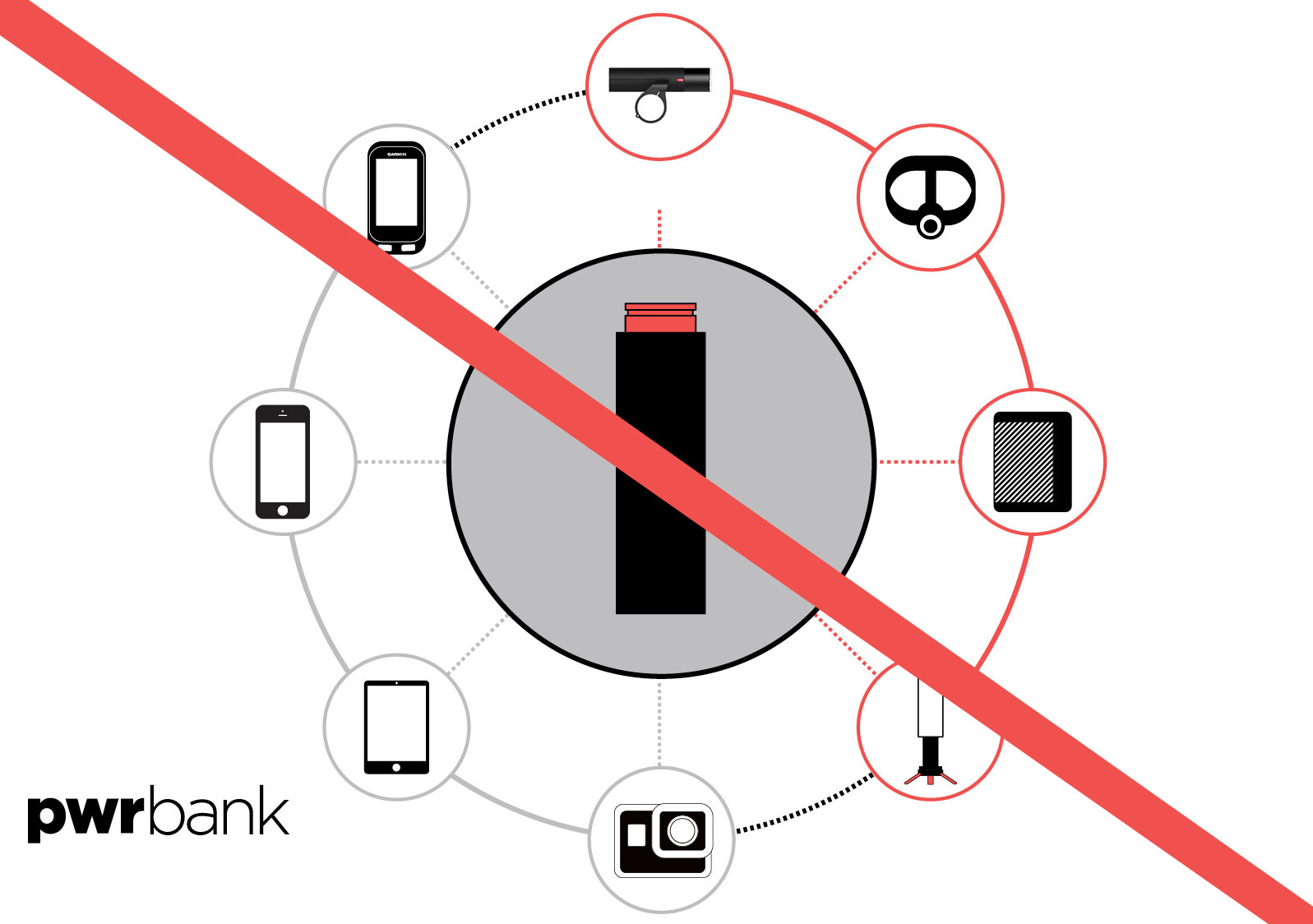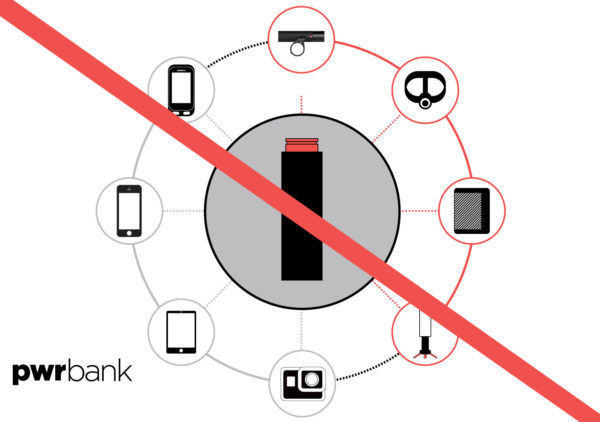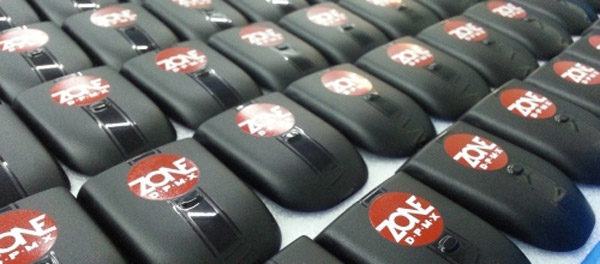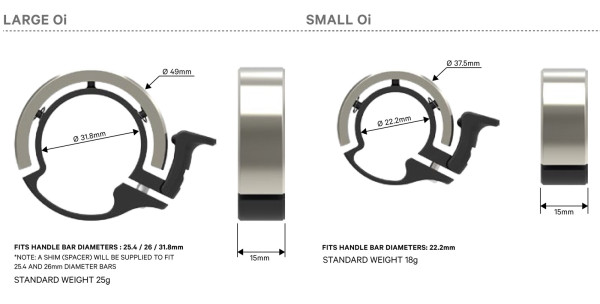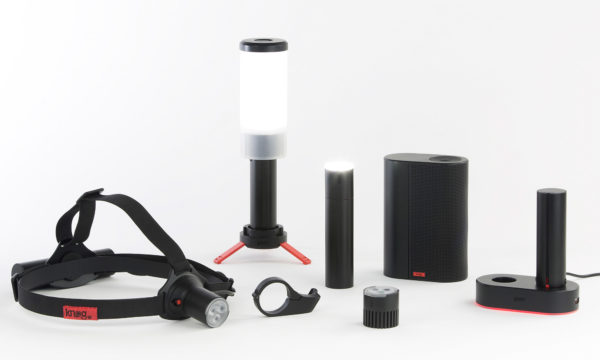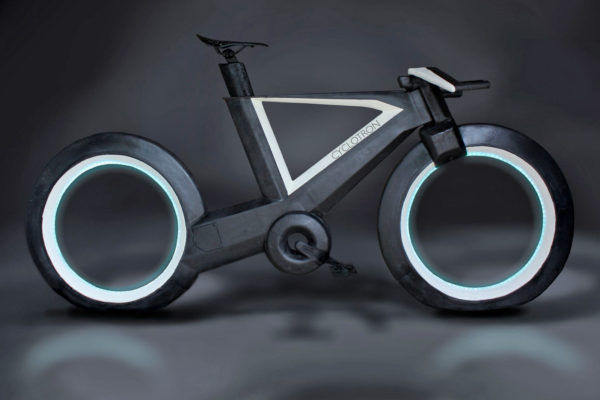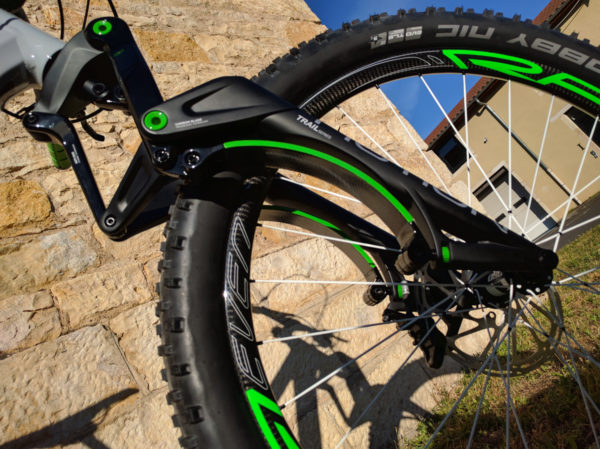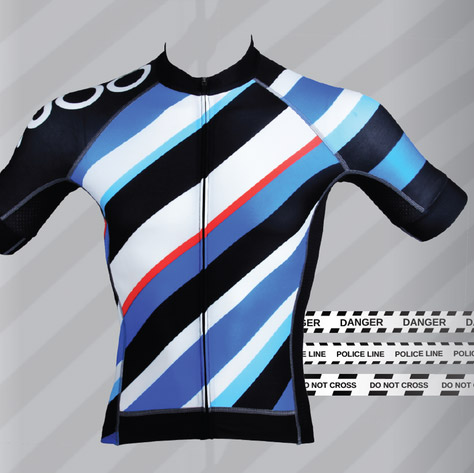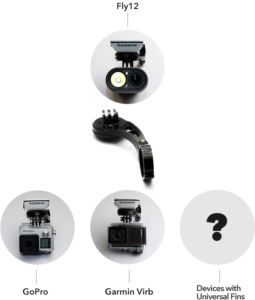Australian accessory maker Knog first let us know over the weekend that they had just decided to pull the plug on the recent Kickstarter for their PWR range project. We had just featured it a week earlier and it was likely on track to getting funded, although as they put it: underwhelmingly. The reason why was that they saw feedback from a few vocal supporters of their previous crowdfunding for the Oi bell that weren’t happy with how that product and delivery was turning out. As Knog puts it “out of respect for that community response” they decided to end the campaign before it got funded. What does that mean for backers of this project? And with the growing number of failures, delays, hiccups, and increasingly expensive projects on Kickstarter, what does that mean for the continued prospects of crowdfunded bike products…
There is no doubt that the idea of Kickstarter, IndieGoGo, and the like is here to stay, but after a number of recent announcements from companies about problems with their projects, delays, or campaigns, it bears repeating that crowdfunding is risky, if also sometimes very rewarding. We’ve seen plenty of good products come out of Kickstarter, but then recently Brim Brothers completely gave up on delivering their power meter leaving backers empty handed, and out a substantial amount of money.
Usually working with a known company offers a bit more reliability, but it is still not 100%.
Knog’s Oi bell seems to have been mostly a success, but still about 400 bells (out of 37,000 produced) had a production flaw that left 1% not ringing properly. And the project was already behind schedule, even from a reputable company like Knog who has a lot of experience in design, production, and delivery. And then there is also the fact that some think the bell is too quiet for truly urban use, something you only really can know if you can try a product in person at your local bike shop, or rely on the past experiences of others (like us at Bikerumor trying to give you reliable product reviews.)
Knog might be a good example then, of a company that is doing crowdfunding right, even if they’ve had their own missteps. They weren’t satisfied with 1% of failures for the Oi. They have a quality standard for 0% failures, and continue to back that up replacing anything that doesn’t work from the start. But some of those early backers who were “understandably” dissatisfied, plus the remaining handful of backers that had their deliveries held up by the quality control issues, were vocal that Knog shouldn’t go ahead on a new Kickstarter, while the Oi was not yet totally fulfilled. Once they recognized that customers really had an issue with them going forward with a second Kickstarter campaign while the other wasn’t really resolved (Knog says they set full shipping of the Ois as their internal milestone before the new project, but realizes that is different than products in customers’ hands) , they shut it down quick before credit cards got charged.
Knog’s takeaway on the process has been to not get ahead of themselves. As they put it, “pledges are for project Creators as much as Products.” That means to them that they must “make sure you can provide confidence to all backers, existing and new, by having total closure on a previous campaign before launching a new one. We learnt the hard way, so we would be very respectful of that if we return to Kickstarter.”
Back to PWR itself, Knog assures us that there is no problem with the products or their development, and Knog still plans to go ahead with a launch in 2017. But it will get a quite different approach and schedule. They still see Kickstarter as a “great launch platform from both a financial and awareness point of view.” It lets them gauge interest and get more direct consumer feedback when they dip into a new product category, so actually encourages innovation within the company vs. sticking with more status quo products.
In the end they say that Kickstarter helped nudge the bell into reality, but they still went through their same R&D steps, which resulted in more design revisions than expected and ultimately put them behind schedule. While that usually would have happened before commitments had been made to buyers, here it was also an issue of contention. Knog reiterates that even using crowdfunding to accelerate interest, they “did not – nor ever would – cut corners for any customers, consumer or distributor” to bring their products to market.
What is the take away out of all this?
Well there have recently been some crowdfunding campaigns with big buy-ins of over $1000€ for products like a hub-less bike and a leaf-spring fork. The more experienced company out of that looks like they won’t meet their goal, while the seeming newcomers raised 3x their target and got funded. Then there are established companies like Taga cargo bikes and BSX’s electronics that have pulled in more than $1 million each in funding on projects that are still a while out from completion.
How all of those new projects will deliver products to consumers is still up in the air…
My personal thought is that crowdfunding belongs to products under around $100€. I’ve personally supported a few campaigns, and carry a multitool most places that I go that I picked up on Kickstarter. But my feeling now when I contribute, is that the money paid is disposable. When the designer delivers, great. But if they don’t I’ll chalk it up to supporting someone who had a creative idea. Maybe for projects bigger and costlier than that, the companies should look to serious investors who can truly vet its function, valuability on the market, and whether the company can really deliver and continue to support their new products.
We’ll keep covering crowdfunding, and things like clothing & accessories continue to look like great ways to support new and different product ideas. There is a lot of innovation going on from small companies. Just proceed with caution…
